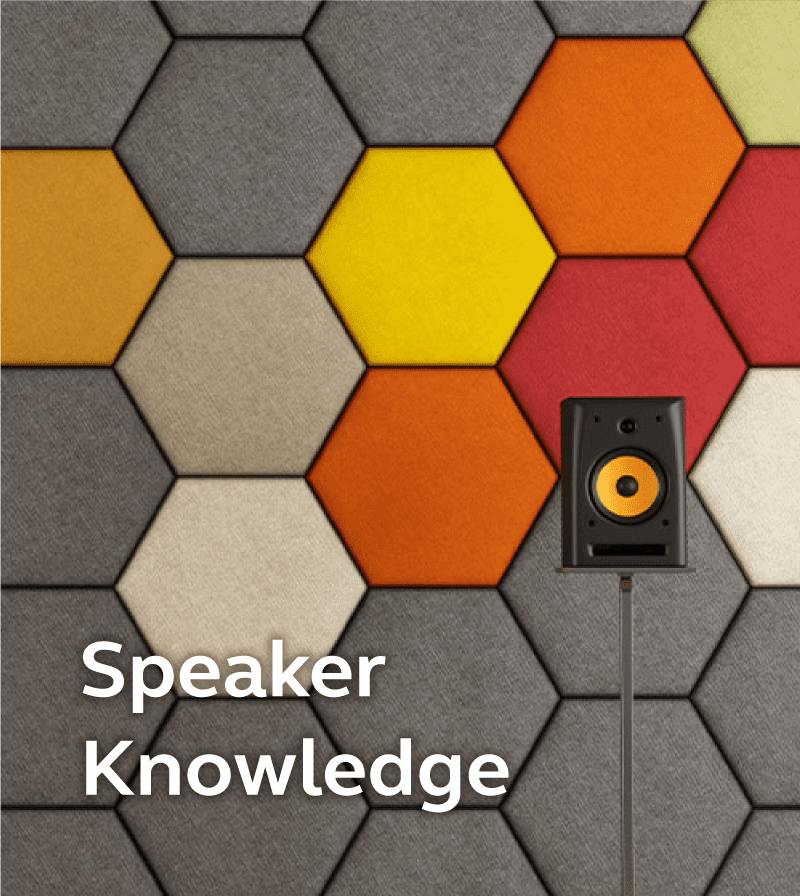How to Define a “Good” Sound?
- A frequency ranging from 18 to 46 Hz, where the sound is lower in pitch. The human ear often perceives sounds within this range as warm and steady.
- At frequency 46 to 200 Hz, sound is perceived as more structured and distinct.
- As frequency enters 200 to 2 kHz, its density becomes higher, in which the sounds are with more clarity.
- Sounds that are above 2 kHz will have a sense of brightness.
- The overall balance and resolution of sounds is also an important index of a “good” sound.
The Methods of Loudspeaker Parameters Testing and Performance Evaluation

The Fundamentals of Acoustics: 8 Key Terms You Must Learn Before Diving into the World of Acoustics Testing
Sound
Noise
Decibel (dB)
Frequency (Hz)
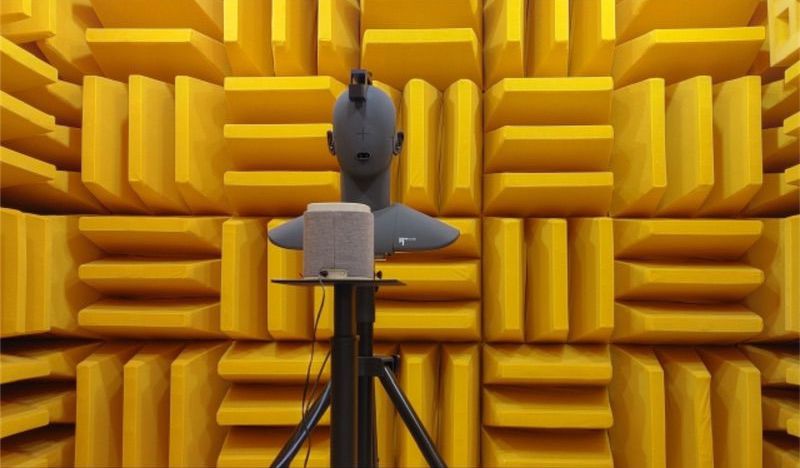
A-weighting
Vibration
Reflection
Reverberation
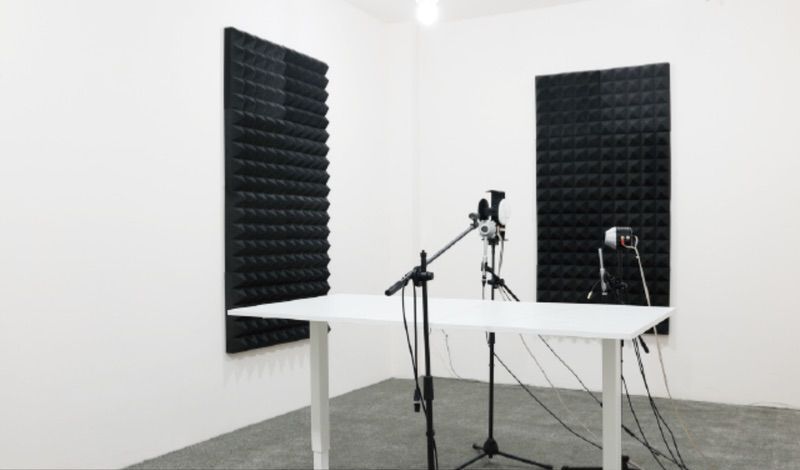
8 key parameters of Loudspeaker Acoustics Testing
On-axis frequency response
Off-axis frequency response
Polar pattern / Pickup pattern
Impulse response
Cumulative spectral decay
Step response
Impedance
Dynamics
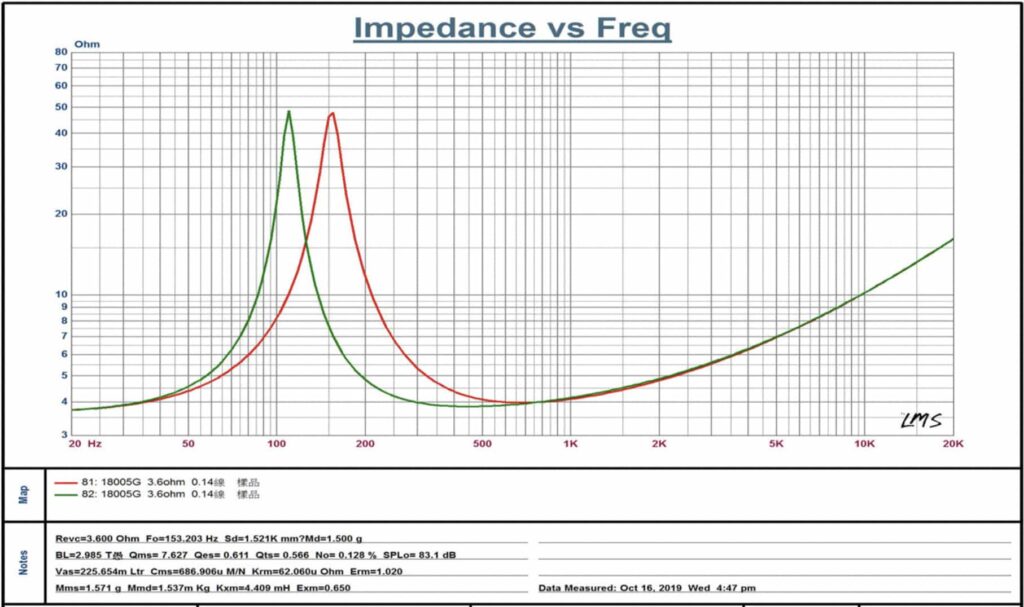
Free Online Speaker Test
Speaker testing is essential to ensure your audio system delivers optimal performance and functions as intended. By checking the left channel, right channel, and full-channel audio output, you can identify and resolve issues such as unbalanced sound, disconnected speakers, or wiring problems. Proper speaker testing ensures that each channel is working correctly, providing a clear and immersive audio experience. Whether setting up a new system or troubleshooting an existing one, a quick speaker test can save time, prevent frustration, and guarantee high-quality sound performance across all zones.
LEFT CHANNEL
BOTH CHANNEL
RIGHT CHANNEL
How to Evaluate Speaker Performance? 2 International Standards Used for Speaker Performance Evaluation
IEC60268
Part 3: The standard on analogue and digital amplifiers specifies the characteristics of amplifiers in a sound system for professional or household applications.
Part 4: The standard for evaluating microphones using measurement of impedance, sensitivity, polar patterns, dynamics, etc.
Part 5: The standard on loudspeakers, excluding loudspeakers with built-in amplifiers. The purpose of this standard is to define the characteristics of loudspeakers using the measurement parameters that have been previously mentioned, such as frequency response and impulse response.
EN50332
Part 1: When the standardized soundtrack is played, the speaker’s output sound pressure should be less than 100dBA. This evaluation needs to be done by a “Head and Torso Simulator (HATS)”.
Part 2: If the speaker uses a battery as its power supply, its highest output voltage should be under 150 mV.
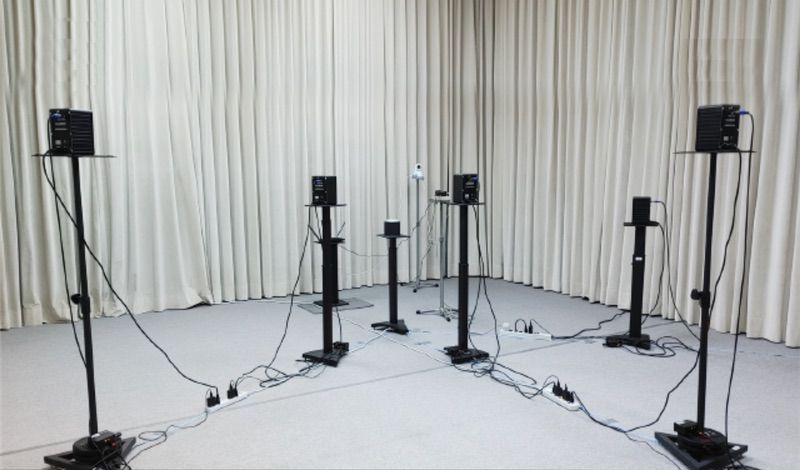
What to Listen to When Evaluating Speaker Performance?
Tonal uniformity
Bass extension
Spatial character
Dynamic linearity
Speaker Testing of Jazz Hipster
LPM
LSI
DIS
TRF (also known as Rub & Buzz)
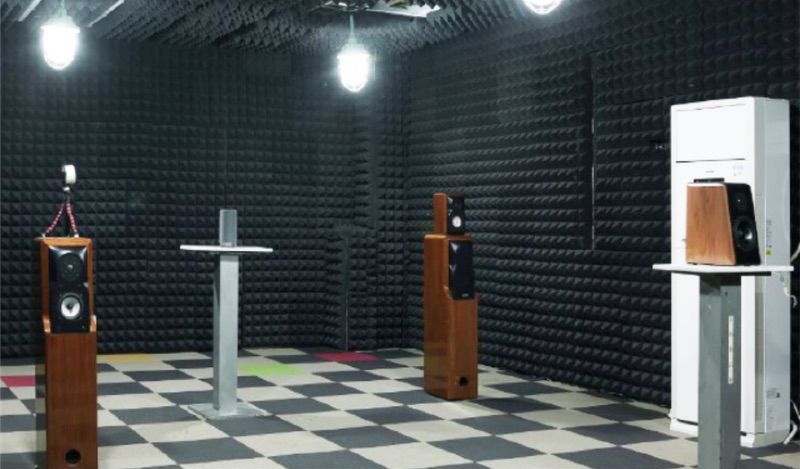
Acoustic testing is essential to the design and manufacture of speakers because different speaker designs will produce different acoustic sounds and noise. It allows manufacturers to gain insight on how their products perform under practical conditions. From the test results, speaker manufacturers can predict user experience and adjust their product design.
For loudspeaker ODM needs please refer to https://jazzhipster.com/manufacturing/. for more information, or contact us at JSMS@jazzhipster.com.tw


